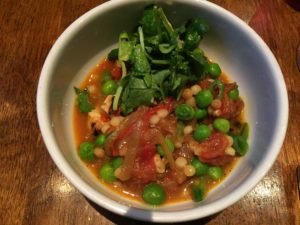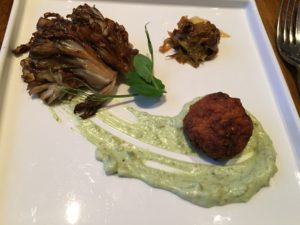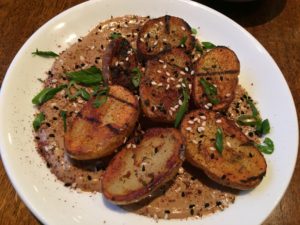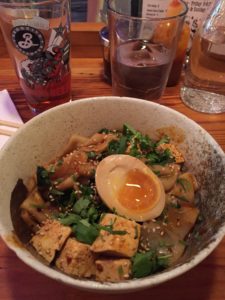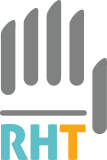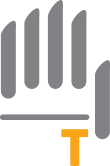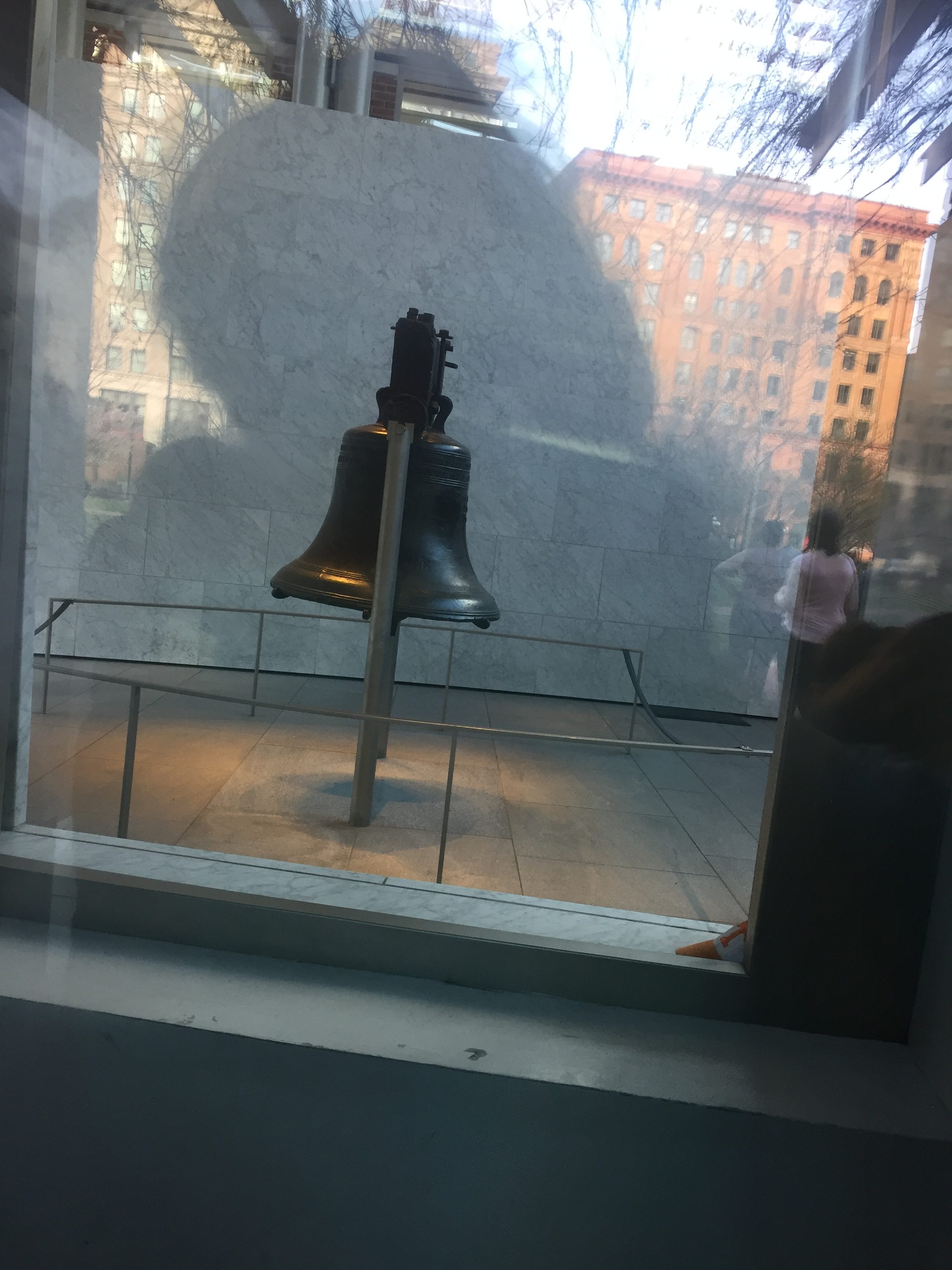
13 Apr 3 Day with “Dr. O”
I’ve now completed the 3-Day Educational Tutorial, and had a blast! Here’s my story –
Day 1: Surgery
I’ve observed a single surgery a couple times, but never have I ever spent an entire day in surgery. I’ll start by saying that Dr. Osterman does not stop. There were two OR rooms he worked in and he would go from one room to the next performing procedures such as carpal tunnel release, wrist arthroscopy, first dorsal compartment release, scaphoid open reduction, and ganglion cyst removal. During each procedure, I had to stay 1 ft away from the sterile area, but otherwise leaning over to get a better view or asking questions was always welcome. There was another observer joining me, Miga, a PA student, as well as two fellows who were assisting Dr. Osterman. We all got quizzed on what we were observing and on the various procedures he was performing. “Lisa, what is the most radial structure in the carpal canal?” ([FPL], “Miga, how many structures total are there in the carpal tunnel?” [10], “Jose, what tendon are we looking at now?” [EBP], “Alan, what’s the condition of the SL ligament in this patient?” [torn]. It was a little crazy being put on the spot, but such an excellent learning experience. I left the hospital around 5pm, but the fellows and Dr. Osterman still had a distal radius fracture with ORIF and another carpal tunnel release to perform…
Day 2: Doctor’s Rounds
I survived the day in surgery and was excited to head to the Philadelphia Hand Center for Day 2 of my experience. The hand center contains private rooms, diagnostic rooms (MRI, EMG, x-ray, US), and a therapy clinic. There were 5 private rooms where Miga (the PA student from yesterday) and I spent the day following Dr. Osterman. The two fellows from yesterday would perform an intake evaluation and formulate a treatment plan, which Dr. Osterman would then use to inform his own evaluation. He would spend as little as 5 minutes with a a patient or as much as 30-40 minutes chatting with patients. His demeanor is relaxed, eager to educate anybody in the room, and he is well loved by his patients – most of them traveled from out of state to see him – Virginia, West Virginia, and New Jersey to name a few. The quizzing from yesterday continued today, and I learned a LOT! “Lisa, what’s the name of the test I just performed?” [patient was 7 months s/p ORIF for an olecranon fracture with hand stiffness]. Turns out there’s a test called the “Scratch Test” which is when you resist the patient bilaterally in ER, then scratch the nerve you suspect is problematic (ulnar nerve at the cubital tunnel, radial nerve at the radial tunnel), and then ask the patient to resist you again in ER. A positive test is when the patient can no longer resist in ER and the practitioner can easily push the arm into IR. In the case example I gave, the patient’s plate was causing ulnar nerve irritation which was causing hand stiffness. She was recommended to have the hardware removed.
The treatment rooms were filled with patients all day long – I left at 6:30pm and he was still going like the energizer bunny. I don’t even think he took a break for lunch, never mind dinner. I’m impressed by his stamina, endless nuggets of knowledge, and willingness to share his knowledge.
Day 3: Therapy
I spent the last day of my tutorial in the therapy clinic shadowing therapists David, Katie, Sherry, Alta, and Liz. They are all so kind and so talented, I definitely got a lot out of the experience! Sherry took the time to share some splinting tips with me, including several splint designs that they invented themselves. The clinic is setup so that there are 3-4 therapists treating scheduled patients, and then a therapist who is available for splinting and walk-ins from the doctors. Patients spend an average of 1 hour in the clinic receiving treatment, which consists of a well organized treatment plan progressing them appropriately through their rehab. Treatment sessions I observed ranged from dog bites, wrist fusion/EPL repair, Sauve-Kapanjii procedure, fingertip amputation, FDP/FDS and RDN/RDA repair with nerve tube, radial head fracture, CMC arthritis, and more. I gathered lots of treatment ideas that I can’t wait to try out in my clinic, as well as lots of resources on splinting and protocols. I am grateful for the time the therapists spent educating me and how relaxed they all are! Their patients love them and love the fun environment! Something that really struck me about the clinic is that hardly any patients complained of pain…
Overall, I would highly recommend this 3-day tutorial to any therapist interested in hand therapy who wants to see how an expert team of therapists, surgeons, and fellows work together to provide excellent outcomes for their patients. It’s a model any clinic should strive for.
I would be remiss if I didn’t mention the fantastic restaurants and food scene available in Philly! Here are a few pics of my feasts from The Vedge and CHeU Noodle Bar:
